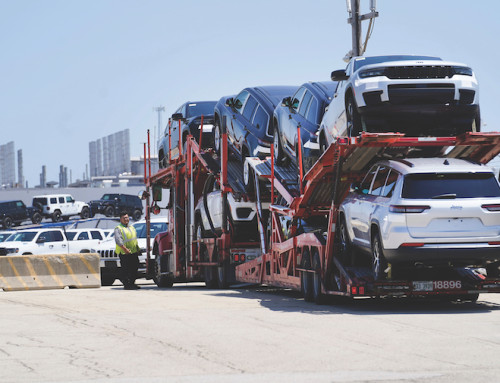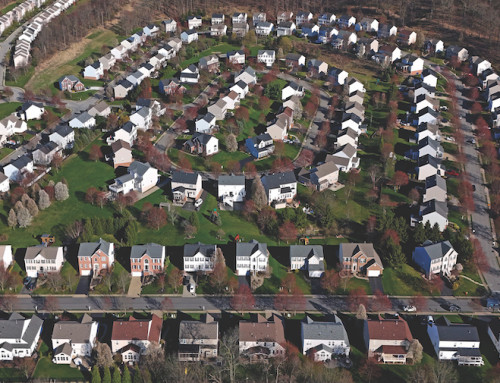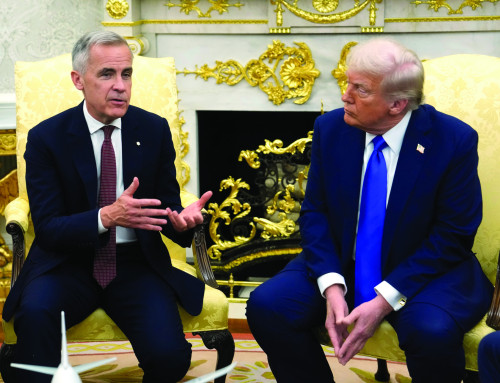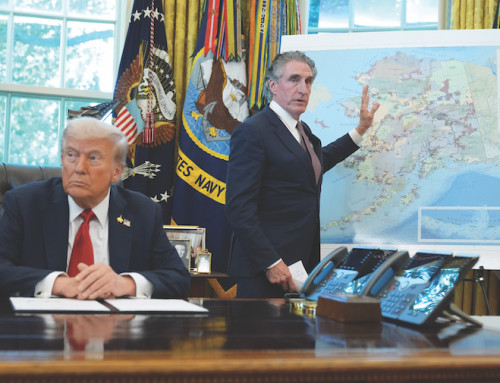NEW YORK (AP) — Cabinet dealers, interior designers and remodeling contractors in the United States say they hope new tariffs on imported kitchen cabinets, bathroom vanities and upholstered wooden furniture implemented this week will create more business for them and eventually boost domestic production of those products.
Several small business owners in the home improvement industry, however, say they expect some short-term pains from the import taxes: Clients with projects already on the books might balk at having to pay more for the budget-priced cabinets they selected. Potential customers may also postpone kitchen and bathroom renovations until costs — and the economy — seem more stable.
“I think the volatility around pricing is damaging to the remodeling industry,” said Allison Harlow, an interior designer in Michigan whose company, Curio Design Studio, creates and builds custom bathrooms and kitchens. “Most people will hear the headline of ‘Kitchen cabinets will go up 50 percent’ and might just opt out of even reaching out to our company.”
Despite elevated mortgage rates having depressed sales of existing homes in recent years, a forecast of remodeling activity by Harvard University’s Joint Center for Housing Studies predicts that homeowner spending on improvements and maintenance will remain steady into the middle of 2026.
A proclamation that President Donald Trump signed on Sept. 29 cited national security and foreign trade practices as grounds for imposing the tariffs on certain finished wood products and product components.
Of them, imported vanities and kitchen cabinets incurred the steepest tax rates: 25 percent until the end of the year and 50 percent starting on New Year’s Day.
Upholstered chairs, seats and sofas also are subject to a 25 percent worldwide tariff effective this week, with the rate scheduled to increase to 30 percent on Jan. 1. The presidential proclamation also put a 10 percent import tax on softwood timber and lumber, which comes from evergreen trees such as pine and cedars.
Softwoods often are used to make furniture and in wood frame construction. Canada is the source of about 85 percent of the softwood lumber the U.S. imports, or nearly one-quarter of the national supply, according to the National Association of Homebuilders.
Some American trading partners are receiving more favorable treatment when it comes to the furniture and cabinetry tariffs. The tax on U.K. exports was capped at 10 percent, while the rate for wood products from the European Union and Japan was capped at 15 percent.
The American Kitchen Cabinet Alliance and other trade and advocacy groups lobbied for tariffs to help offset what they described as a flood of cheap cabinets from countries such as Vietnam, Malaysia, China and elsewhere in the decades since more American furniture manufacturing moved offshore.
U.S.-made products tend to cost more but often are of better quality, industry analysts say.
John Lovallo, an analyst at UBS bank, estimates the tariffs on imported cabinets and vanities could add about $280 to the average cost of building a single-family home, not enough to sink a project that often carries an overall price tag more than 1,000 times larger than that.
Some business owners say they plan to cover any tariff-related costs for now instead of raising customer prices.
John Dean, founder of Dean Cabinetry in Connecticut, sells cabinets that run the gamut from lower-priced imports to custom models made in his shop. Imported products account for about a third of his sales, but Dean said he does not expect much fallout from the tariffs.
Two of his vendors from which he buys imported cabinets, in China and Vietnam, said they would raise prices by 10 percent to recoup some of the duty costs.
Dean said he would not charge customers more for now. Since a kitchen remodel is a big ticket item to begin with, and with the costs of building lumber and labor going up, raising cabinet prices could hurt demand.
“My personal perspective is most small- and medium-sized businesses are trying to absorb those costs,” he said.








